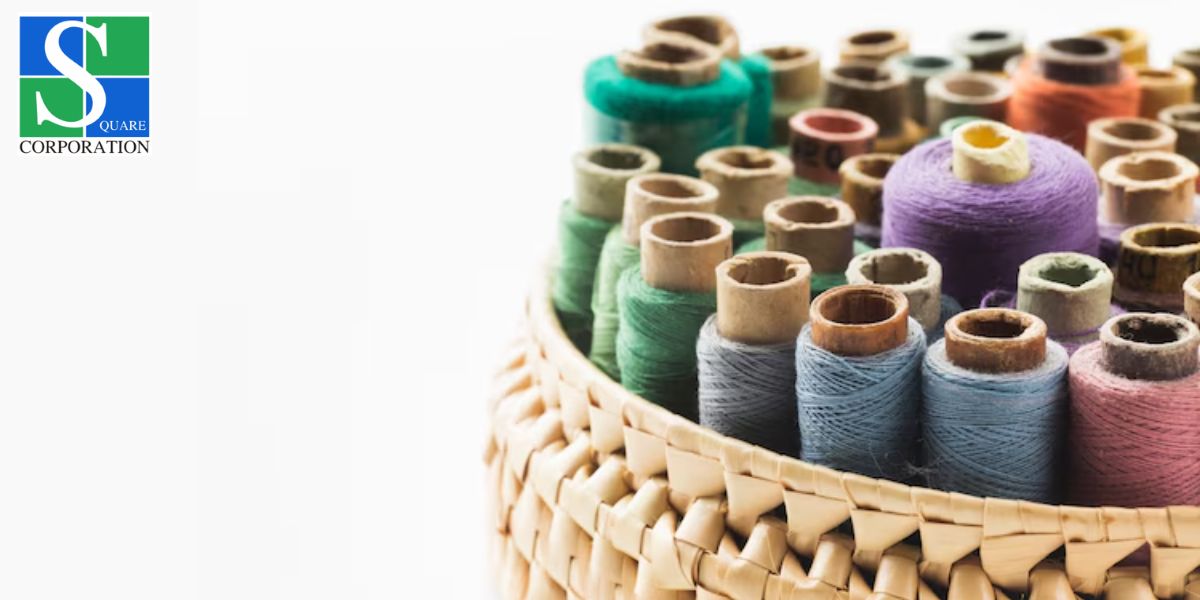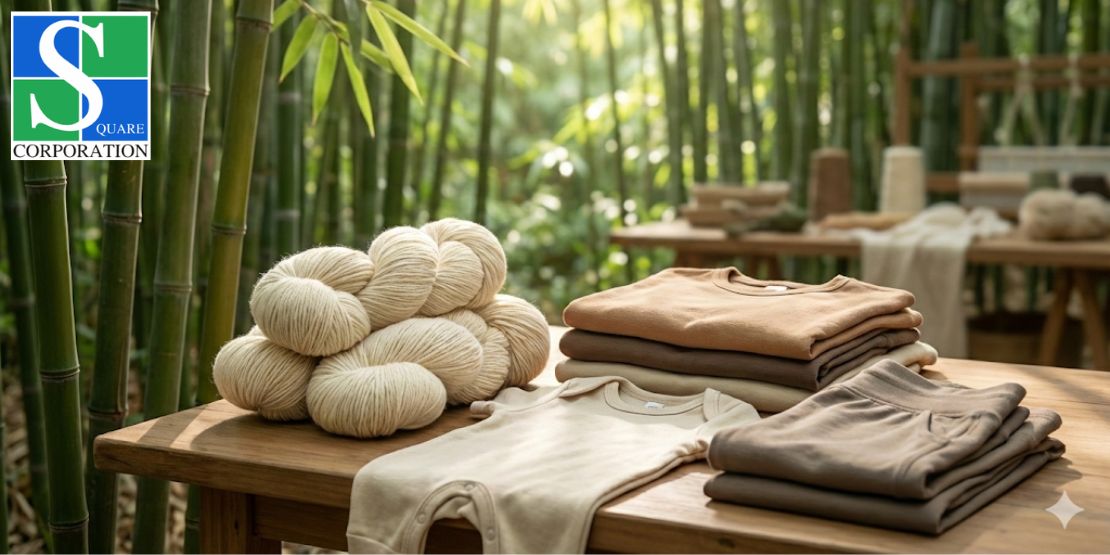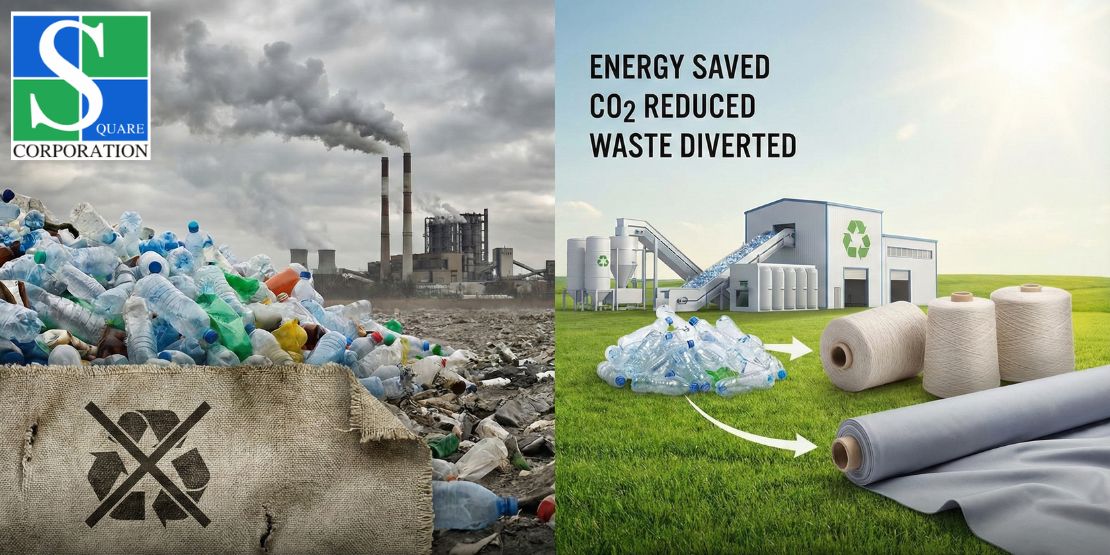25 December, 2025 | by Admin
Facing the Fabric Challenges Yarn Fabrication Encounter
24 March, 2025 | by Admin
The cotton yarn market is crucial to the textile and clothing industries. The yarn is a critical raw material in clothing and home furnishings due to the fact that it possesses a silky feel and a soft hand, thus especially suitable for products where fabric hand matters. The manufacture of cotton apparel and domestic textiles is controlled by large exporters such as China and India, highlighting how important it is to track the price of cotton yarn. This is an important aspect for cotton yarn exporters, otherwise they will be investing in a lump sum amount.
But you are aware or not that many problems are experienced by cotton yarn factories in their business? They must correct all those things promptly, otherwise things would go too far. Want to know all about it, just read out this article till the end.
Common Problems Cotton Yarn Manufacturers Encounter
Cotton yarn manufacturing is a dynamic and highly competitive industry that is faced with a number of challenges. These challenges significantly affect production efficiency, quality of the product, and profitability in general. Some of the major challenges faced by cotton yarn manufacturers are presented below.
Labor intensive process
Cotton yarn manufacturing involves skilled hands for critical operations like spinning, weaving, and quality inspection. Securing and retaining such labor can be a challenge, but it is essential for maintaining higher standards. Second, rising labor costs are a major concern because they have a material impact on profitability, particularly in industries where labor is a high proportion of the cost of production. Prioritizing efficiency and innovative solutions will see these overcome. To achieve the best-finished products, you ought to source the cotton from the finest organic cotton farms.
Environmental and sustainability issues
The production of cotton yarn is a resource-intensive activity that demands enormous amounts of water and energy. Proper management of resources is imperative to achieving sustainability. Proper management of waste products, such as cotton dust and chemical by-products, is essential to reducing environmental impact. As consumer demand for green products rises, producers must adopt sustainable practices that balance costs and production adjustments in the short term. Such steps are not only a necessity, however, but are also a means to assume leadership in ethical production.
Supply chain management
Having a steady supply of raw cotton is essential to our success. Disruptions in the supply chain, such as transport or geopolitics, can significantly impact production. Proper inventory balancing to meet sufficient demand without the risk of overstocking is one challenge we are willing to do right away. If you prefer the finest cotton from the finest organic cotton farms, then you must conduct proper research before acquiring one.
Consumer taste and inclination
To suit the changing needs of consumers, with more demand for organic and green products, organizations must adapt and innovate. Without a doubt, the trend towards fast fashion dictates rapid production speed in time and new releases all the time, which makes the manufacturers resort to a more responsive approach.
Cotton yarn producers face numerous challenges that require strategic planning, investment in technology, and a strong commitment to sustainability and quality. By taking the lead to overcome these challenges, producers can significantly enhance their competitiveness, maximize efficiency, and respond accordingly to evolving market needs.
Related Posts
20 December, 2025 | by Admin
Why Bamboo Yarn Is the Next Big Trend in Eco Garments...
15 December, 2025 | by Admin







